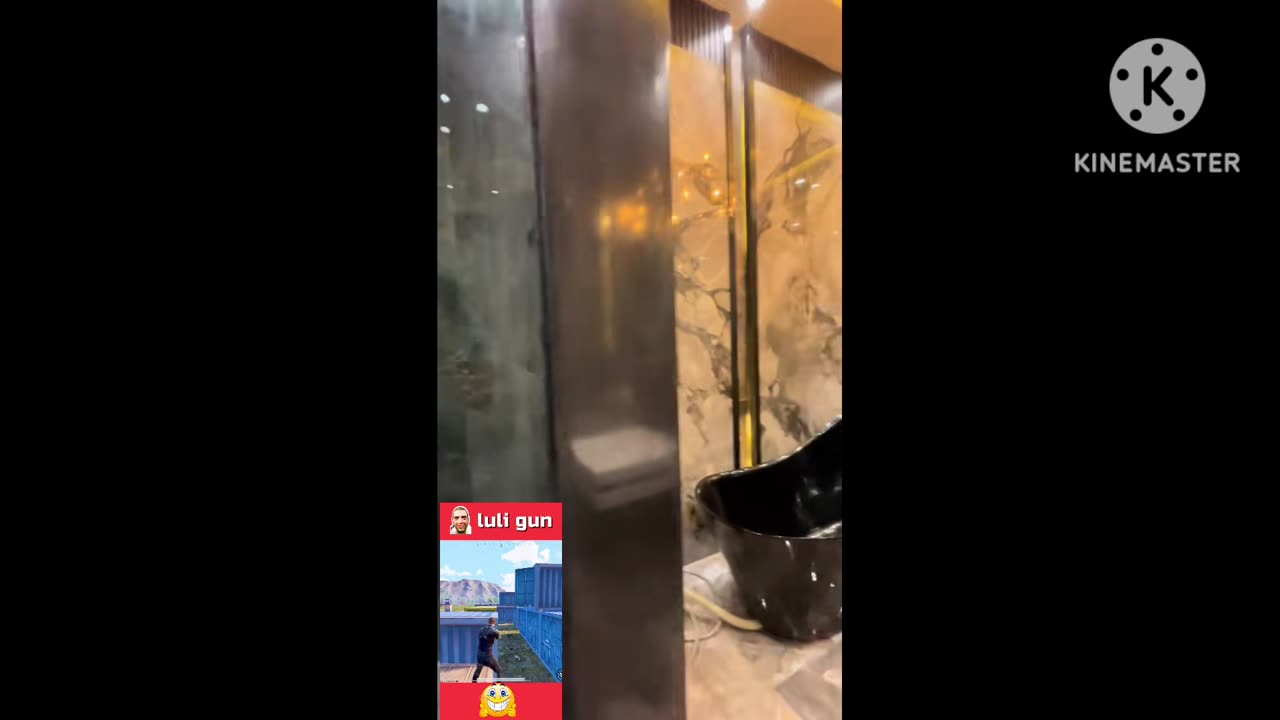Premium Only Content

House design
Constraction home design, often referred to as construction home design, is a multifaceted and intricate process that involves the planning, creation, and realization of residential structures. This intricate endeavor encompasses various elements, ranging from architectural concepts to structural engineering principles. A well-executed construction home design not only focuses on aesthetic appeal but also prioritizes functionality, sustainability, and safety.
The foundation of constraction home design lies in the collaboration between architects, engineers, and construction professionals. Architects play a pivotal role in conceptualizing the overall layout, facade, and spatial arrangement of the home. Their vision is translated into detailed plans that serve as the roadmap for the entire construction process.
One crucial aspect of constraction home design is the consideration of the homeowners' needs and lifestyle. A successful design seamlessly integrates the practical requirements of daily life with artistic elements, creating a harmonious living space. This involves understanding the flow of spaces, optimizing room layouts, and ensuring that each area serves its intended purpose effectively.
The structural integrity of a construction home design is paramount. Engineers work closely with architects to ensure that the building meets safety standards and can withstand various environmental factors. This includes considerations for seismic activity, wind loads, and soil conditions. The choice of materials also plays a significant role in enhancing the durability and resilience of the structure.
In recent years, sustainability has become a key focus in constraction home design. Green building practices, energy-efficient systems, and the use of eco-friendly materials are integral components of modern home construction. Incorporating renewable energy sources, efficient insulation, and water-saving technologies contribute not only to environmental conservation but also to reduced long-term operating costs for homeowners.
Constraction home design also embraces technological advancements that streamline the construction process. Computer-aided design (CAD) software allows for precise planning and visualization, enabling designers to create detailed 3D models of the proposed home. This technology facilitates effective communication between architects, engineers, and clients, ensuring that everyone is on the same page throughout the design phase.
The interior design of a home is another crucial facet of constraction home design. It involves selecting appropriate finishes, fixtures, and furnishings that complement the overall aesthetic while maintaining functionality. Interior designers work hand-in-hand with architects to create cohesive and visually appealing spaces that resonate with the homeowners' preferences.
Project management is an essential aspect of constraction home design, ensuring that timelines are met, budgets are adhered to, and quality is maintained. Coordinating the efforts of various professionals involved in the construction process requires effective communication and meticulous planning.
In conclusion, constraction home design is a comprehensive and collaborative endeavor that marries artistic vision with technical expertise. From the initial conceptualization to the final construction phase, attention to detail, sustainability, and technological integration are paramount. Ultimately, a well-designed and constructed home not only reflects the aspirations of its inhabitants but also stands as a testament to the synergy between creativity and precision in the field of architecture and construction.
-
 LIVE
LIVE
Awaken With JP
3 hours agoMerry Christmas NOT Happy Holidays! Special - LIES Ep 71
3,135 watching -
 LIVE
LIVE
Dr Disrespect
4 hours ago🔴LIVE - DR DISRESPECT - MARVEL RIVALS - GOLD VANGUARD
4,503 watching -
 1:42:21
1:42:21
The Quartering
4 hours agoTrump To INVADE Mexico, Take Back Panama Canal Too! NYC Human Torch & Matt Gaetz Report Drops!
25.9K20 -
 2:23:15
2:23:15
Nerdrotic
4 hours agoA Very Merry Christmas | FNT Square Up - Nerdrotic Nooner 453
14.7K3 -
 1:14:05
1:14:05
Tucker Carlson
4 hours ago“I’ll Win With or Without You,” Teamsters Union President Reveals Kamala Harris’s Famous Last Words
71K230 -
 1:58:31
1:58:31
The Dilley Show
4 hours agoTrump Conquering Western Hemisphere? w/Author Brenden Dilley 12/23/2024
59.7K10 -
 1:09:59
1:09:59
Geeks + Gamers
5 hours agoSonic 3 DESTROYS Mufasa And Disney, Naughty Dog Actress SLAMS Gamers Over Intergalactic
32.7K9 -
 51:59
51:59
The Dan Bongino Show
6 hours agoDemocrat Donor Admits The Scary Truth (Ep. 2393) - 12/23/2024
569K1.72K -
 2:32:15
2:32:15
Matt Kohrs
16 hours agoRumble CEO Chris Pavlovski Talks $775M Tether Partnership || The MK Show
90.7K27 -
 28:23
28:23
Dave Portnoy
16 hours agoDavey Day Trader Presented by Kraken - December 23, 2024
112K35